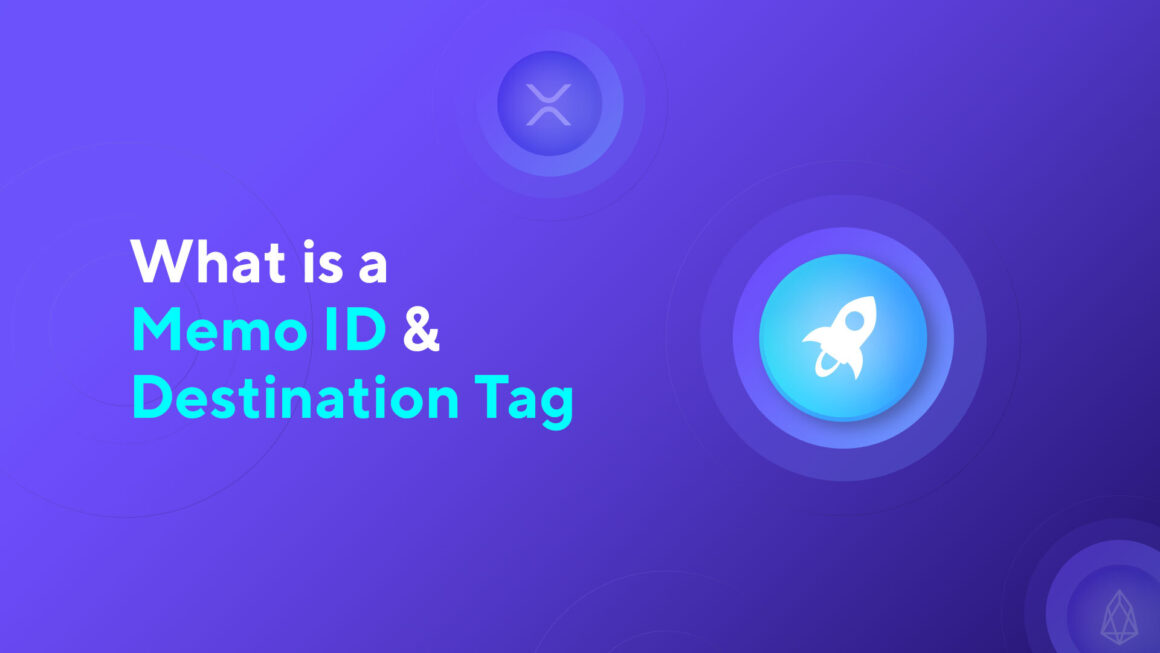Now is the right time to write a separate article
about mysterious Destination tag & Memo ID. What are they and why do we
need them? Today, we will find out!
Let’s figure out what kinds of tag & ID are they.
All material described below is information from official platforms along with
my own explanations. In fact, it’s really easy to deal with the destination tag
& memo ID. The main idea is to understand the overall concept!
What is a
Destination Tag: All About XRP Transactions in a Few Words
A Destination Tag is an individual digital code (tag)
that comes as additional information to identify transactions and is assigned
to each Ripple (XRP) account.
This tag is issued and then requested by a recipient
of funds (for example, by an exchange) from senders (from users) in case all
transactions are directed to the same recipient address.
The Destination Tag isn’t always needed. Some
platforms don’t require it since initially they provide a user with individual
addresses. At the same time, these addresses allow to find out who exactly
carried out a particular transaction.
That is, the destination tag is very important when it
comes to sending an XRP to an exchange. Since it’s talking about a specific
recipient of XRP.
What is a Memo ID: Why
is It Important?
A Payment ID (Memo) is a specific ‘note’ included in a
transaction that allows users of individual wallets (for example, Monero,
Stellar, Ripple, EOS, NEM, BNB, etc.) to identify the recipient in the global
public list of all transactions.
Memo ID is really important as exchanges often require
users to include memos in their transactions. This is due to the fact that
exchange platforms usually use only one or more accounts to receive deposits.
That is, they need a way to distinguish one user’s deposit from another.
Why is It Important
to Indicate Memo ID & Destination Tag if Necessary?
What happens if the Payment ID & Destination Tag
are incorrect or not indicated at all?
If you indicated an incorrect memo or tag when
purchasing coins, and the application was successfully processed, the funds
will be irrevocably sent to another unknown user. Most likely, it will be
impossible to return your funds.
If you sent coins to a wallet you didn’t indicate a
memo & tag or indicated them incorrectly, the system simply won’t notice
your payment and the application won’t be processed.

Leave a Reply